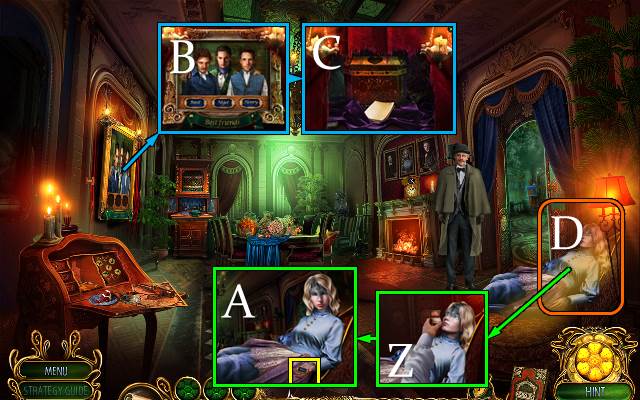

One element has remained constant over its three hundred year history: at the heart of the story is the battle of ‘good versus evil’ and there is always a baddie to defeat in the guise of the ‘other’ or monster.
#THE MONSTER WITHIN LION SEX PROFESSIONAL#
With over 250 professional productions presented across the United Kingdom in the 2019/20 Christmas season, pantomime shows no signs of slowing in popularity and with a limited amount of international presentations (those in Los Angeles and at the Joburg Theatre, South Africa for example), remains a British construct and sits within the field of ‘popular theatre’ in UK academia. Whilst now a British genre, pantomime was originally influenced by the dance drama (as opposed to logocentric work) of the Italian Night Scenes that visited Drury Lane from France in the early 18th Century and the stock plot structure and characters from the Italian commedia dell’arte, whose characters began to be woven into English drama from the sixteenth century. Key questions are: to what extent have pantomimes historically presented and rehearsed the threat posed by the monster in order to contain that threat? What ethical considerations do producers, writers and directors now face in the contemporary pantomime? Finally, to what extent does the popular form of pantomime itself matter as a vehicle for enabling audiences both young and old to confront the monstrous Other?Ī quintessentially British phenomenon, the annual pantomime is at the theatrical heart of Christmas since its inception in 1716. Tracing this spatial dynamic between monster and audience to the medieval stage and the ludic dimension to the staging of the devils in the mystery play, the paper argues that there is a long-reaching historical antecedent to the staging of evil that informs and inspires spatial practices in modern-day pantomime. In the first instance, I explore the interplay between stage space and the representation of the monster and how this relates to my professional experience of directing over twenty-five professional pantomimes in the United Kingdom since 1999. This paper critically interrogates the threat posed by these monsters when invested with a materiality in performance. In pantomime, the audience are complicit in the act of finding, chasing and dealing with the monster, and the ethical positioning of this by writers and directors is paramount in guiding us to understand how we may deal with the ‘other’ in our own lives. Bruno Bettelheim (1991) argues that fairytales, from where many pantomimes are drawn, are our first negotiations with the monstrous. The popularity of pantomime means that it is often the first encounter that a child has with a monster in material form, sharing the same physical space: a theatre. Monsters within British pantomime are ubiquitous creatures, from the ogre in the castle of Puss in Boots to the Giant at the top of the beanstalk, and as personified in the monstrous acts of Wicked Stepmothers, frightening Barons and diabolical henchmen.


 0 kommentar(er)
0 kommentar(er)
